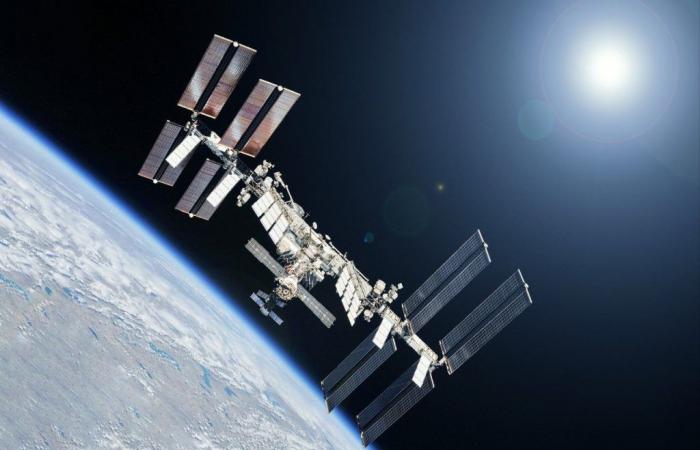NASA recently decided to entrust SpaceX with the mission of building a space vehicle that will bring the International Space Station back to Earth in 2030, thus inducing its definitive destruction.
Towards the imminent destruction of the ISS
The International Space Station is unfortunately not eternal. Given its high annual cost amounting to more than 3 billion dollarsor 15% of NASA’s total budget and the obsolescence of its components, the idea of end this space mission has been mentioned many times in the past.
After having postponed the deadline several times and after several decades of activity, NASA announced its intention to plunge it into the earth’s atmosphere above an oceann after its end of life, scheduled for 2030. Some pieces are will disintegrate during the maneuver, others, more resistant, will end up in the sea.
The American space agency will not, however, be alone in carrying out this arduous task. Indeed, SpaceX recently won the contract to build a vehicle to push the station towards the Earth’s atmosphere, a contract which could go up to $843 million according to a NASA press release.
This operation requires the development of a powerful vehicle, capable of maneuvering a space station whose weight is still around 430 000kgThe vehicle soon to be developed by SpaceX should make it possible to désorbiter l’ISS et avoid any risk to inhabited areas. This vehicle, whose controls will be controlled by NASAwill also have to break up in the Earth’s atmosphere eventually.
Any new similar projects in the future?
It is therefore in 2030 that the International Space Station, whose assembly began in 1998, will officially end. This real space laboratory, maintained by several countries around the world, will therefore have continued over 30 years in space approximately 400km in orbit above the Earth’s surface, welcoming as it passes 266 astronauts from 20 countries.
Despite the war in Ukraine, The ISS remained one of the few areas of cooperation between Washington and Moscow. However, Russia has committed until 2028 while the United States, Japan, Canada and Europe plan to maintain the missions until the end of the station’s life in 2030.
After 2030, the United States is banking on private space stations in low Earth orbit, which could accommodate NASA astronauts as well as other clients. Several American companies are already working on these future projects, such as Axiom Space ou Blue Origin.
However, the Americans will not be the only ones to develop new study stations in Earth orbit. The European Space Agency has also expressed its wish to undertake the same type of project with la station Starlabprobably operational by 2030 while China already has an active space station since 2022 (Tiangong). India could also contribute its stone to the building with a possibly active orbital station project. by 2035.






